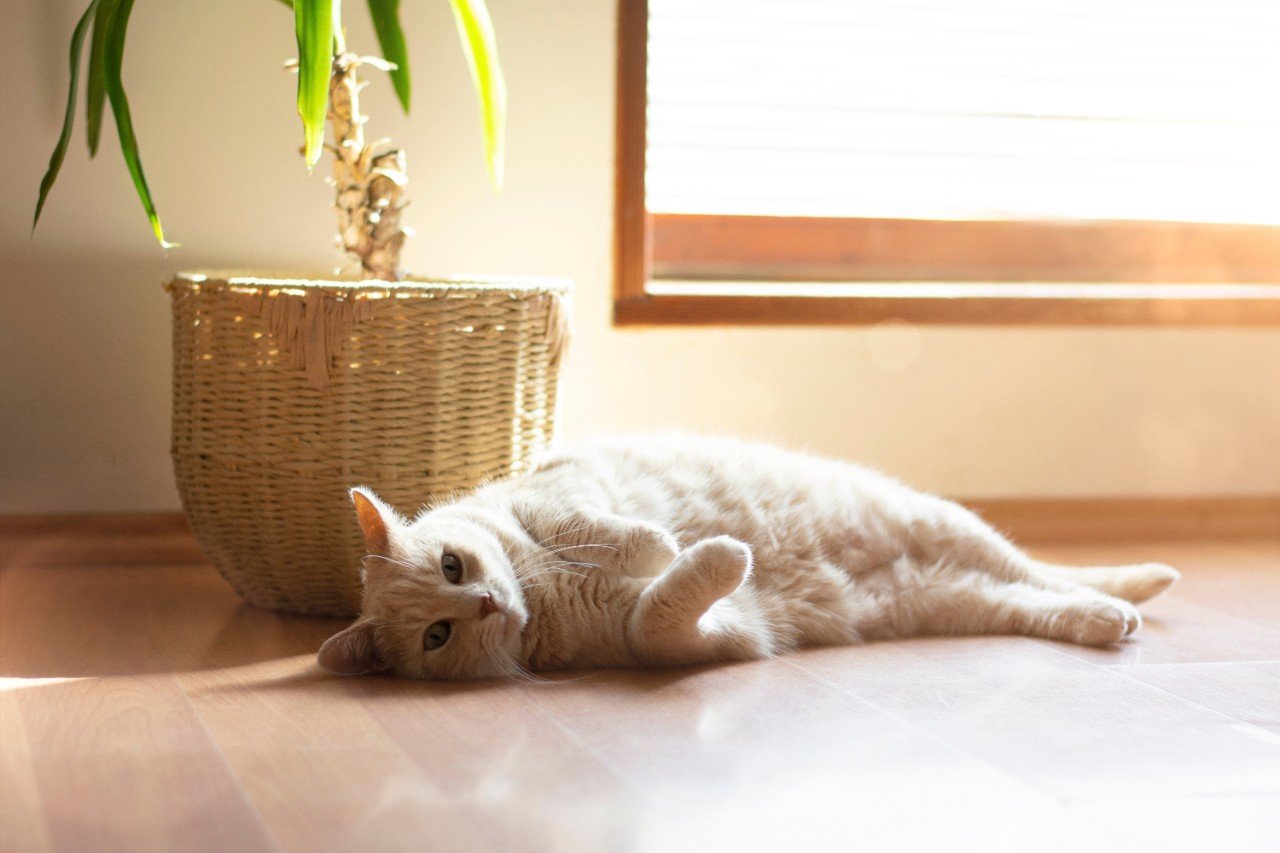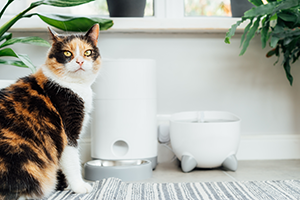Most cats should poop at least once per day. If you notice your cat hasn’t pooped, there are small things you can first do at home to help them, such as encouraging them to drink more water and adjusting their diet.
However, a cat being unable to go to the toilet – or clearly being in pain when they do – is considered a veterinary emergency. If your cat’s been straining to poop for more than 24 hours – or if they are only passing a small amount of hard poop – it’s best to get them checked out at the vet. By having your cat insured with Petplan, you can also utilise the vet video chat available through My Petplan.
To diagnose the cause of your cat’s constipation, your vet may recommend a range of tests, including:
- X-rays
- Blood tests
- Urinary tests
The treatment offered will depend on the cause of your cat’s constipation. Minor issues may be resolved with dietary changes, including adding more fibre. If the constipation is caused by hairballs, regular grooming can help. Your vet may prescribe medication such as laxatives or stool softeners. Sometimes, manual extraction can help remove any faeces within your cat’s intestines, although this may require sedation.
For certain conditions, including megacolon and tumours, surgery may be necessary. Making sure your cat is insured can help you with the cost of this treatment.
















